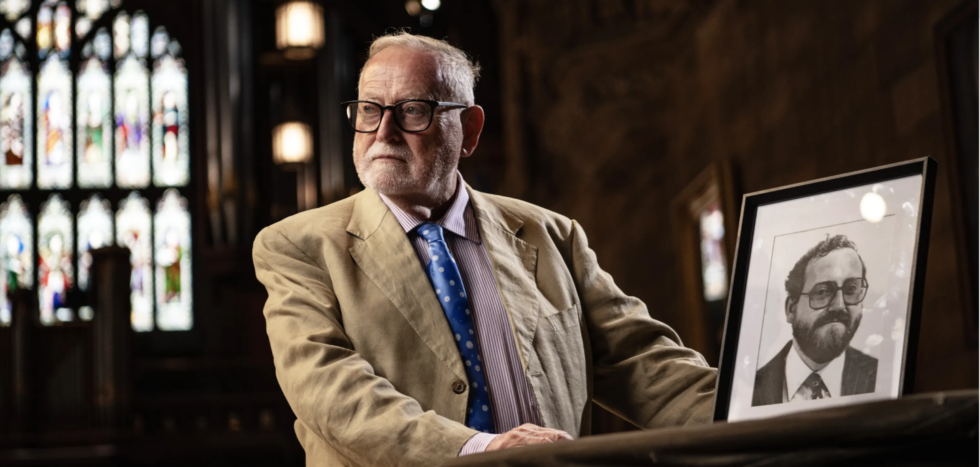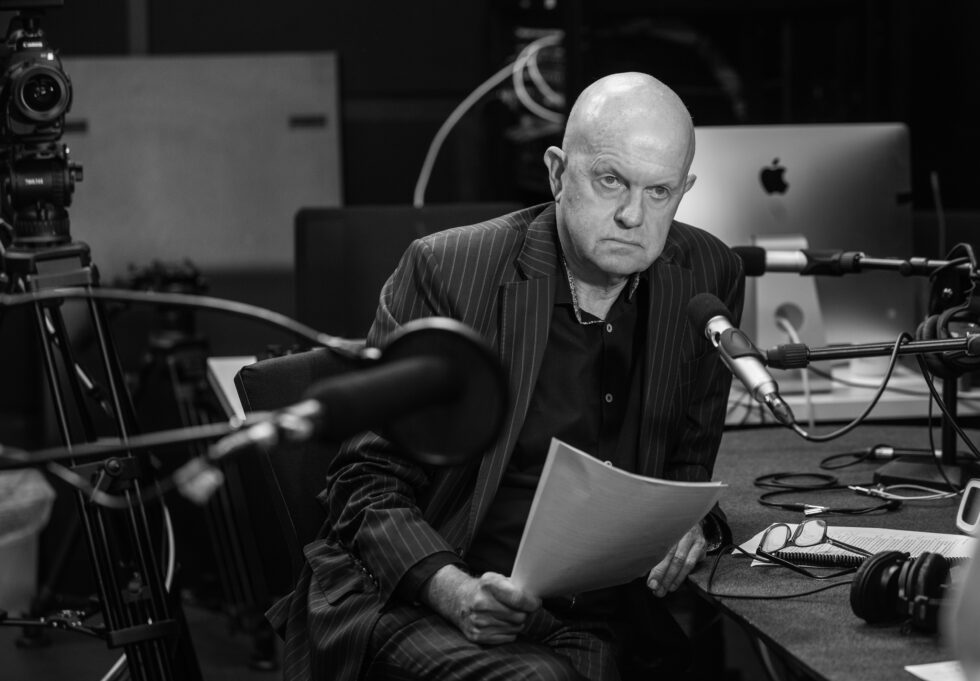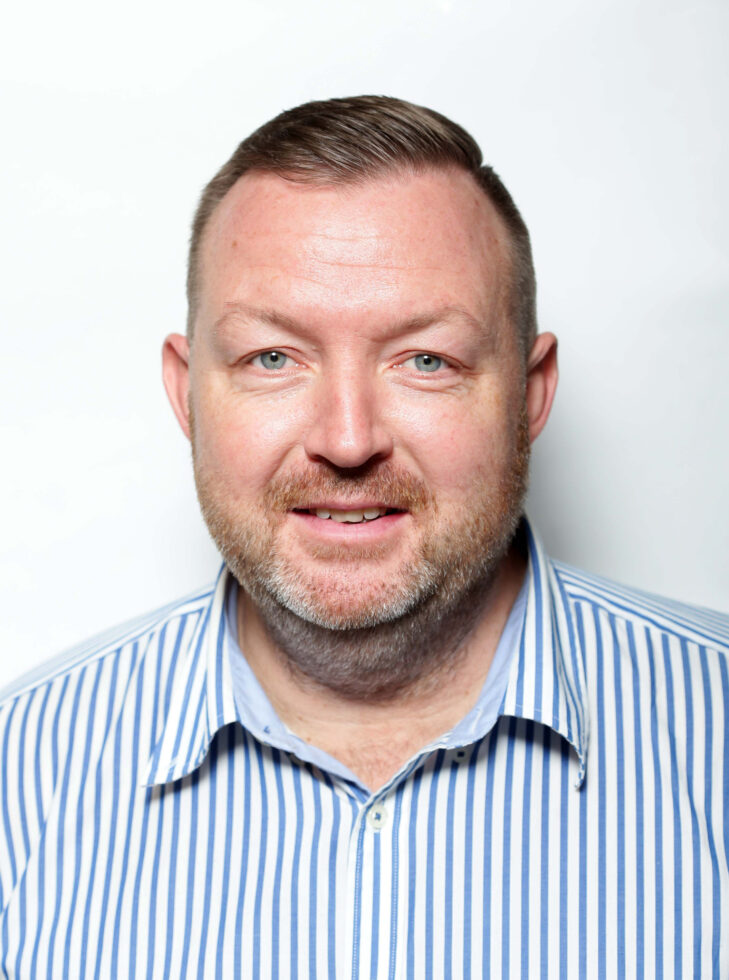Behind the headlines: The Age through the eyes of the team
Employees at The Age reflect on their personal journeys, career growth, and what it means to contribute to such a historic publication.
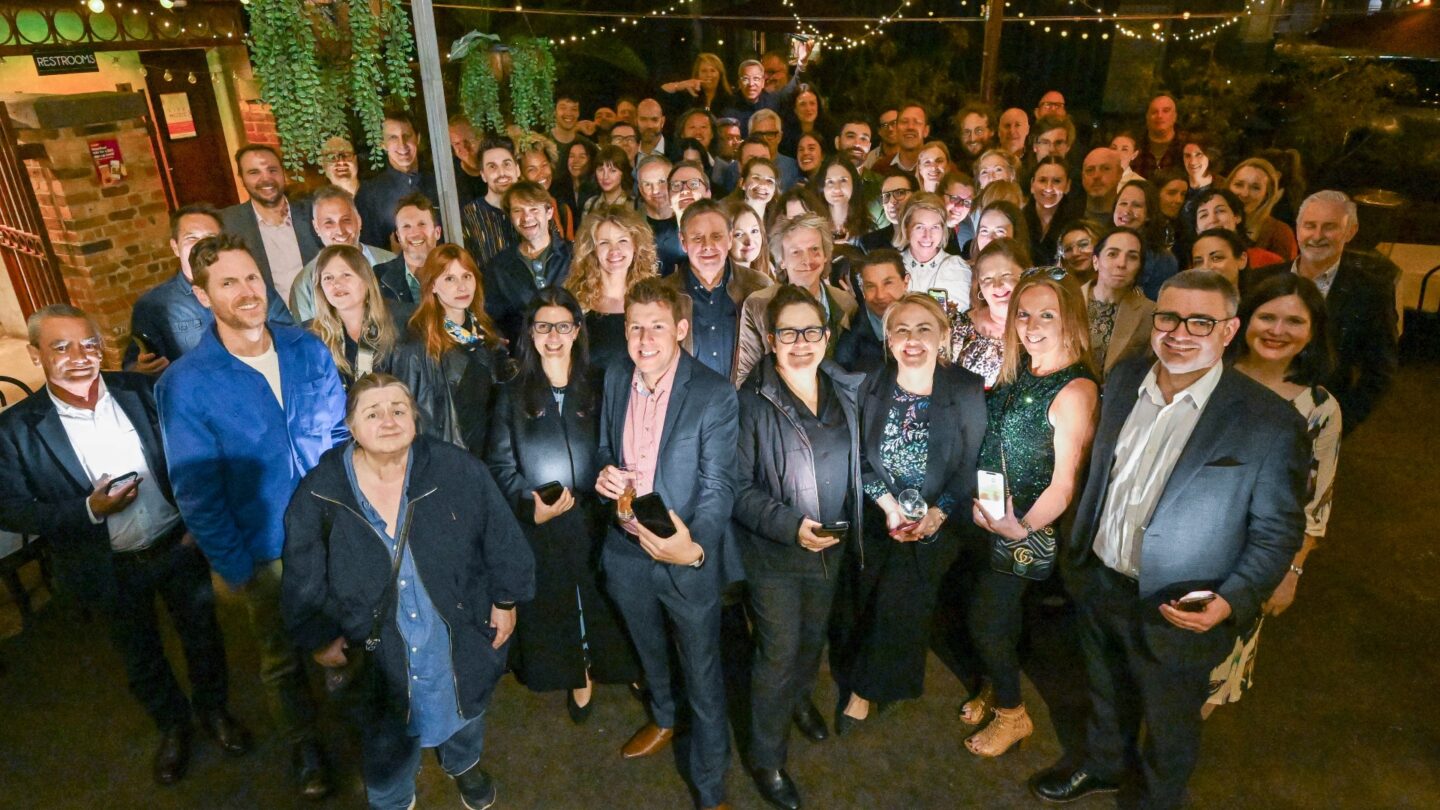
Earlier this month, The Age celebrated 170 years of trusted journalism. Over the decades, the team’s fearless reporting has sparked Royal Commissions, inquiries, and legal actions, making an undeniable impact.
To mark the occasion, we shine a light on the individuals who continue to drive its legacy forward. Employees reflect on their personal journeys at The Age, sharing how their careers have evolved and the unique growth opportunities they’ve experienced. They also open up about what it means to be part of a masthead with such a rich history, highlight defining moments in their careers, and discuss how working at The Age has shaped their outlook on journalism
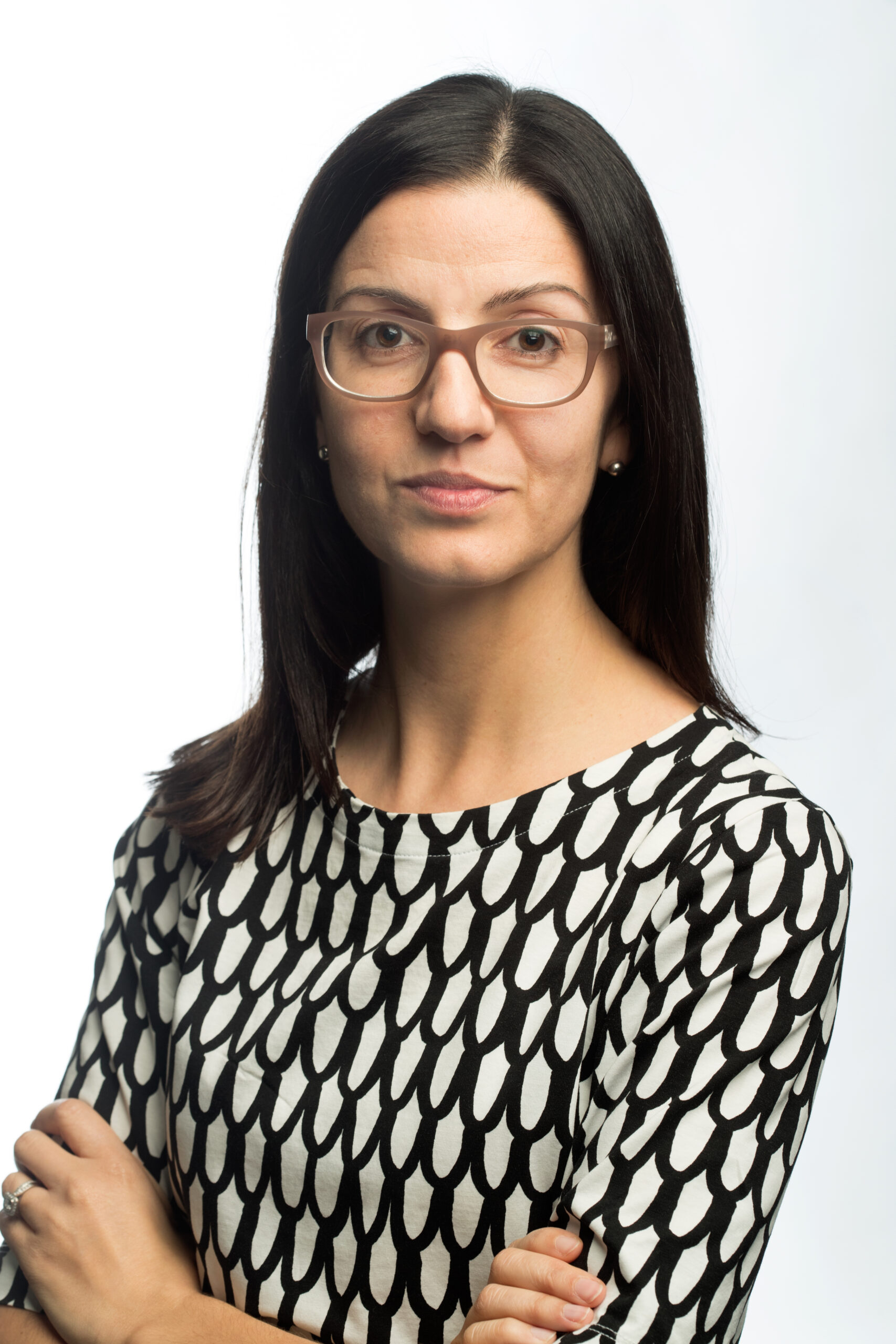
Orietta Guerrera – Deputy Editor
How has your career evolved since joining The Age, and what opportunities for growth have you experienced here?
I joined The Age in 2001 as a trainee journalist. At that time my big dream was to report on federal politics and I was lucky to have that opportunity when in early 2003 I moved to Canberra to join our Parliament House bureau.
For more than two years I kept up with the frenetic pace of political reporting, including covering the education and environment rounds from the bureau. I often pinched myself when driving to work and seeing Parliament House come into view.
When I returned to Melbourne, I admit I felt a little uncertain. What next? However l was soon appointed rural affairs reporter – and while not a natural fit for me – it was an incredible learning experience, especially hearing and telling regional Victorians’ stories during a time of drought. And I loved being on the road, travelling around the state.
In 2008, when I was asked to fill in on our night news desk for a few weeks, I was given my first taste of editing. I knew what my next move would be. For the past 15 years I’ve worked in editing roles – including eight as federal politics editor (grateful that I was still able to fulfil my passion for political journalism) and most recently, three years as reader editor, working closely with our news, subscriptions and customer service teams, on longer-term projects to attract and retain subscribers.
Today I’m deputy editor, and hopeful that all I’ve learnt over the years can help play a positive role in the newsroom and in shaping our coverage for readers.
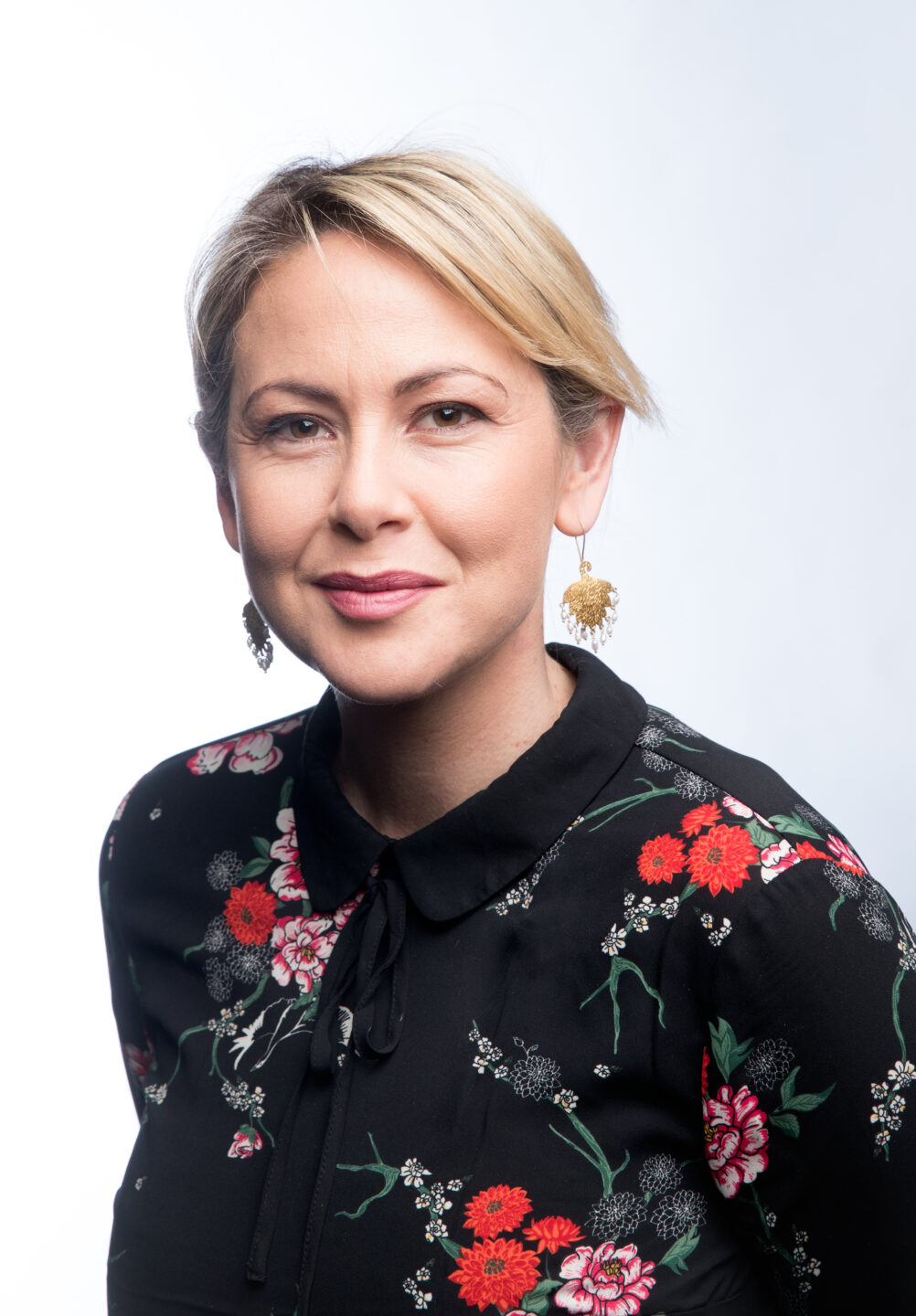
Daniella Miletic – Digital Editor
How has working at The Age shaped your career or personal outlook on journalism?
Twenty years ago this week, I was a trainee reporter at The Age working on a story I’d pitched about how I’d accumulated $20,000 worth of parking fines – and the 248 hours of supervised community work I did to pay them off. It was the first time I’d tried writing in the first-person, and I was afraid to both put myself into a story and to admit to my colleagues (forget about the outside world) that I was the kind of person who could rack up tens of thousands of dollars worth of fines.
Before I gathered the courage to write that piece, I remember hiding behind the clothes racks at St Kilda’s Salvos, where I was doing community work, so the then-editor of the Age – who’d strolled into the store for a shop one Saturday during my shift – didn’t spot me. To me, journalists at The Age were noble, intellectual gods. I couldn’t think of them as colleagues, let alone friends. But eventually, they became family. Much has changed, but that part has stayed the same. You still need to pinch me.
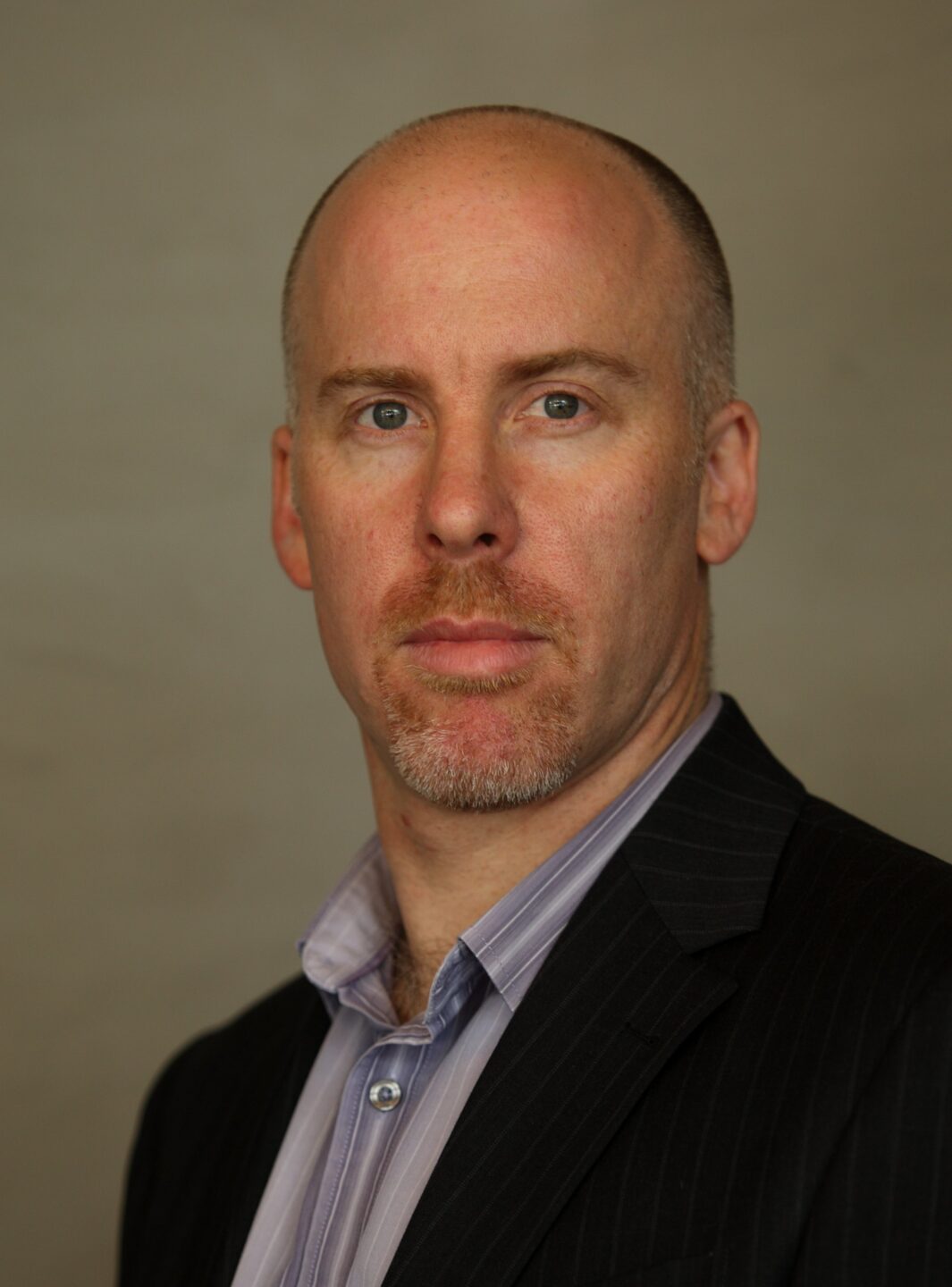
Michael Bachelard – Senior Reporter
Is there a particular edition, headline, or investigation by The Age that stands out as a defining moment for you and your career?
My work with photojournalist Kate Geraghty covering the final days of Islamic State in Mosul, Iraq, in 2017 is among the stories I’m most proud of.
The Age and Herald took the brave decision to send us twice into the ruined city and the surrounding countryside that IS had controlled. Our focus was the human beings caught up in these momentous global events, and who had lived and suffered under IS’s brutal regime. In doing so, we hoped to assert the common humanity that binds them to our audiences, who live so far away and in vastly different circumstances.
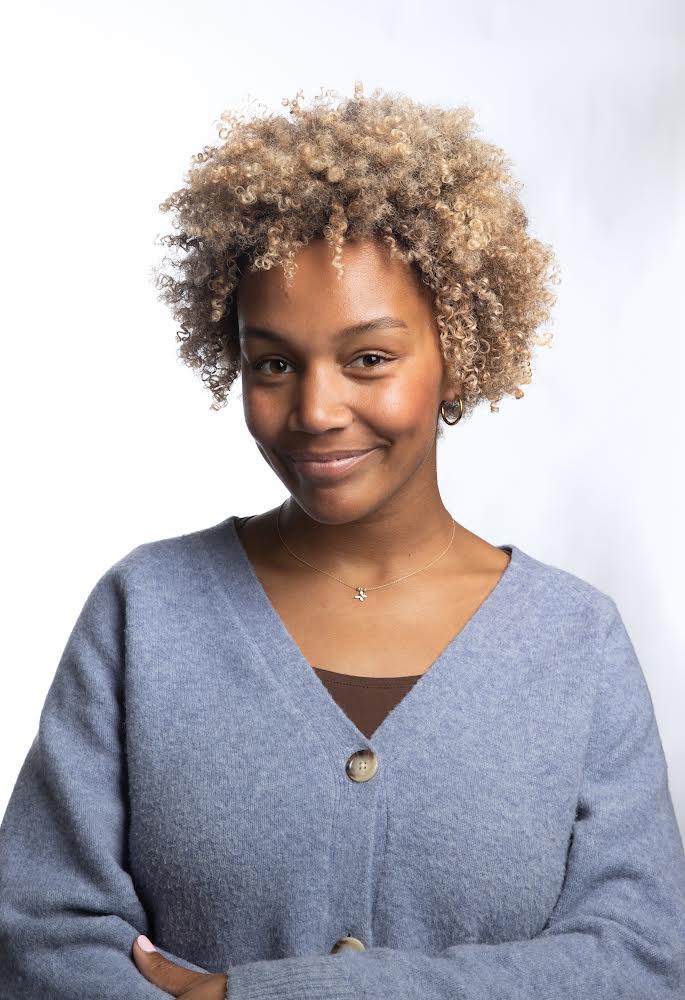
Gemma Grant – Trainee Reporter
What does it mean to you personally to contribute to a legacy publication like The Age?
I regularly have to pinch myself when I am reminded that I now work at The Age. Frankly, to contribute to such a publication is a pretty indescribable feeling. It’s always been a part of my life — since I was a child watching my grandparents read the paper from bed on the weekends.
As a young adult, I recognise The Age as the pinnacle of ethical and fair journalism, with a wealth of talented writers who unwaveringly uphold these values. Working alongside them fills my heart with nothing but pride, and I can’t wait to see what the next years will bring.
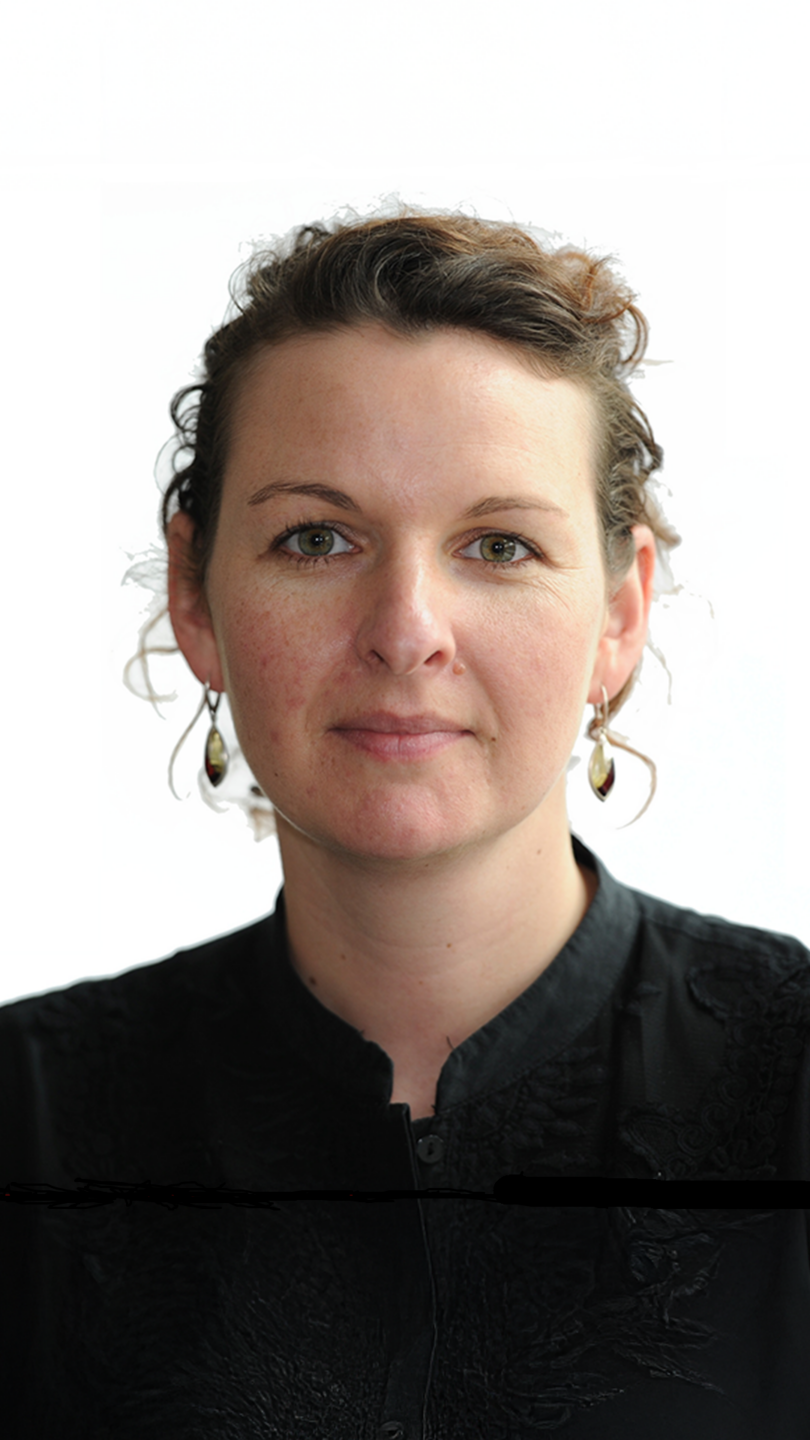
Mex Cooper – Head of Audience Development
How do you think the Age manages to continue to connect with readers today?
The Age’s readership is a community whose members have varying opinions and experiences but who all value the voice of The Age and the fearless journalism it champions. In a practical sense we connect with our readers through article comments, feedback channels, events, interviews, and our journalists who are on the ground whenever news breaks or as the first to uncover it.
The Age is entwined in our readers’ lives – whether it’s playing a morning crossword; tackling Target Time; following a Good Food recipe; learning more about world events; tracking suburban developments; delving into Good Weekend; listening to the Real Footy podcast; planning a trip with the Traveller newsletter; or reading an eye-opening exclusive investigation.
It’s a golden age of subscription growth for The Age and no coincidence that in an era when misinformation is so easily spread, readers feel connected to a newsroom that has spent 170 years earning their trust.


